MICK Flanagan has it down to a fine art. The young bloodstock agent is making a real name for himself since establishing Townley Hall Bloodstock in March 2012, reaping the rewards for what amounts to an incredible work ethic.
Clearly, Flanagan has a keen eye for opportunities and new markets, as well as knowing what to look for in a horse, but it is his endeavour that makes it happen. He almost spends as much time in airports as he does in sales rings.
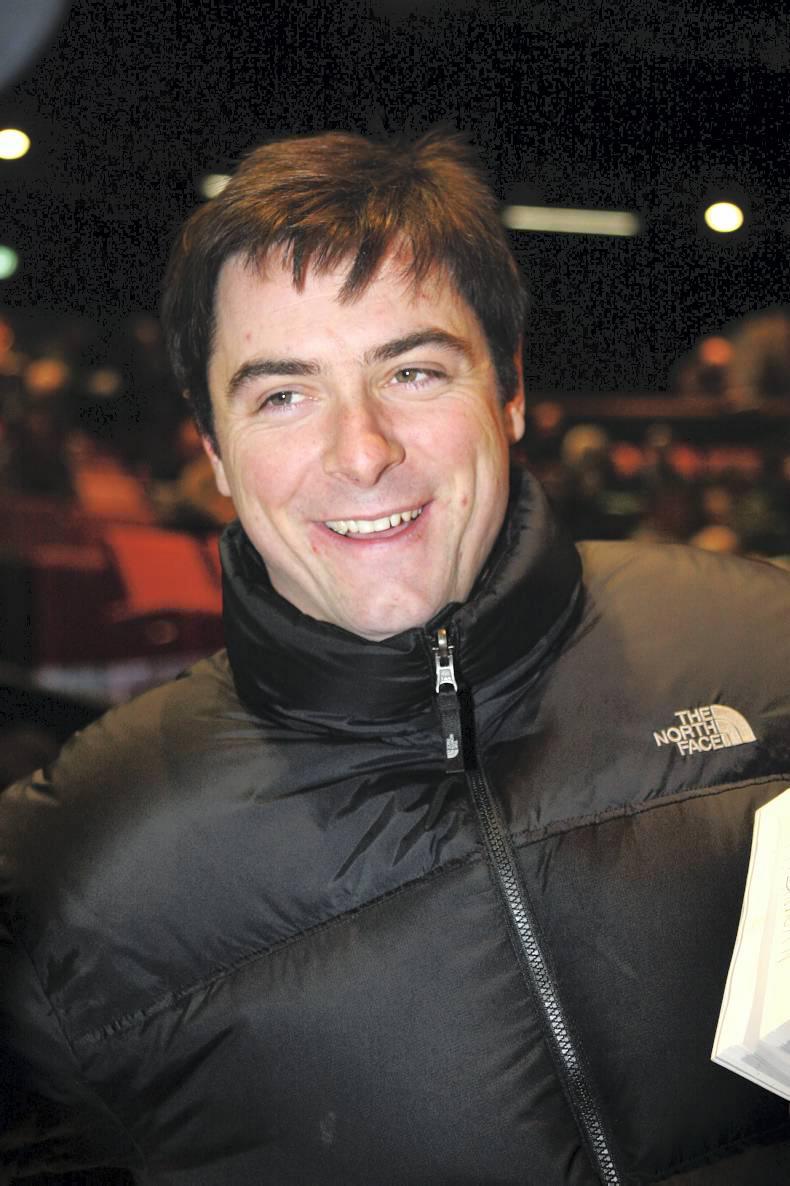

 This is a subscriber-only article
This is a subscriber-only article
 It looks like you're browsing in private mode
It looks like you're browsing in private mode
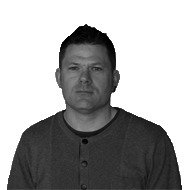



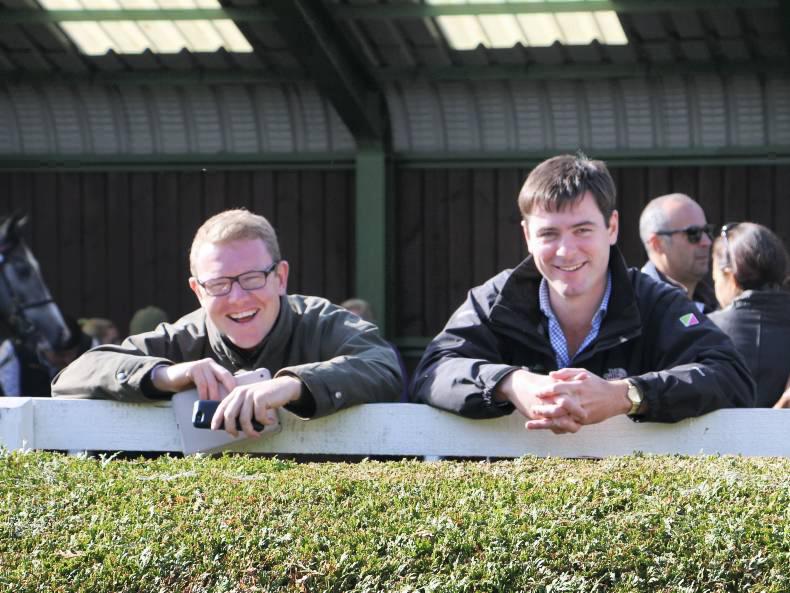
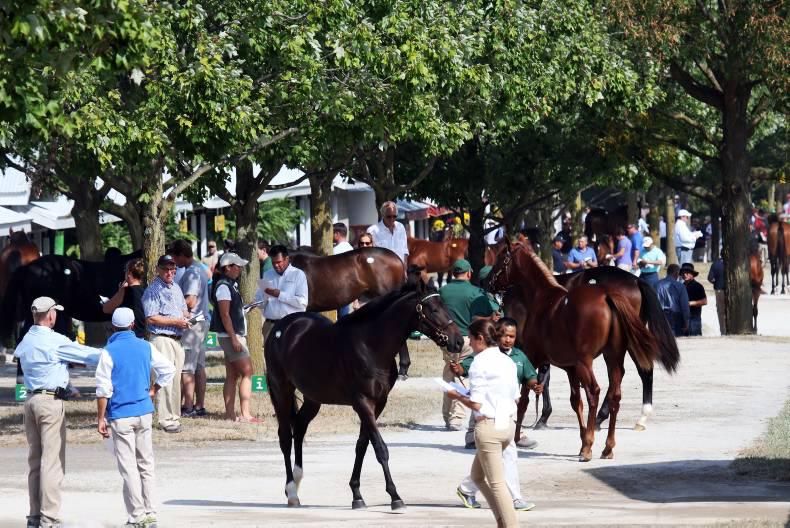
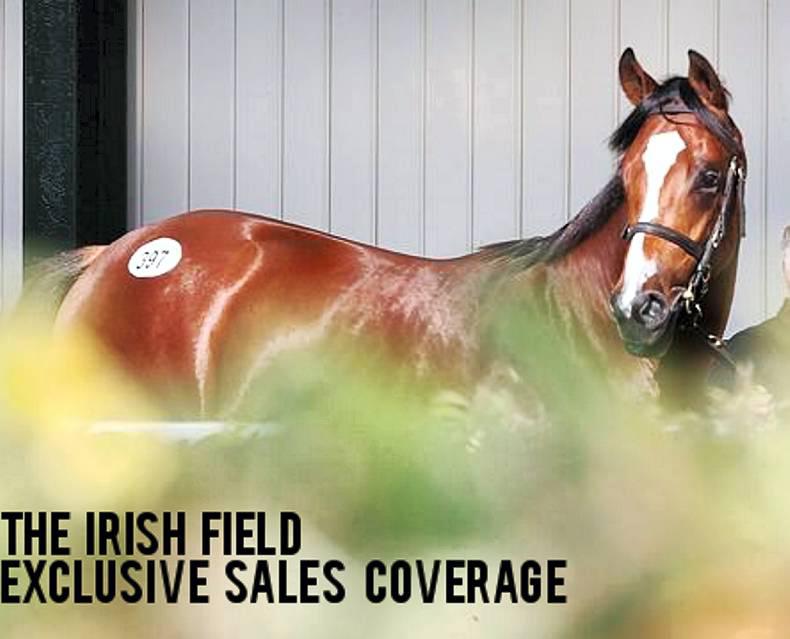


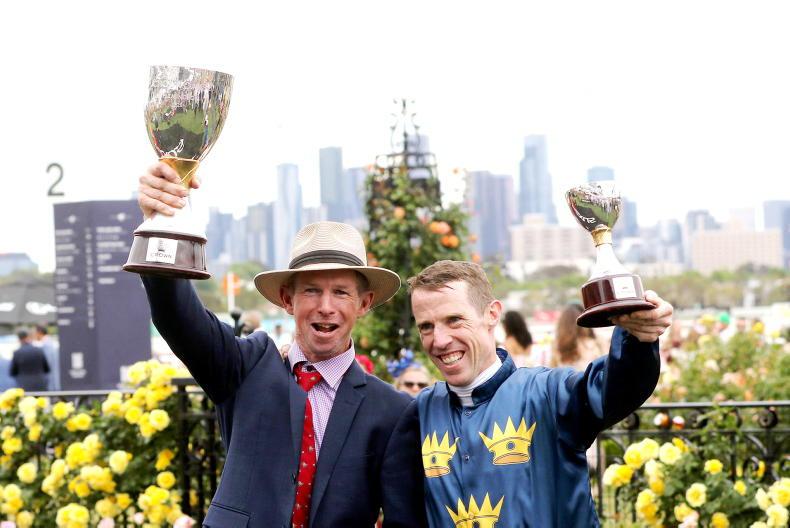
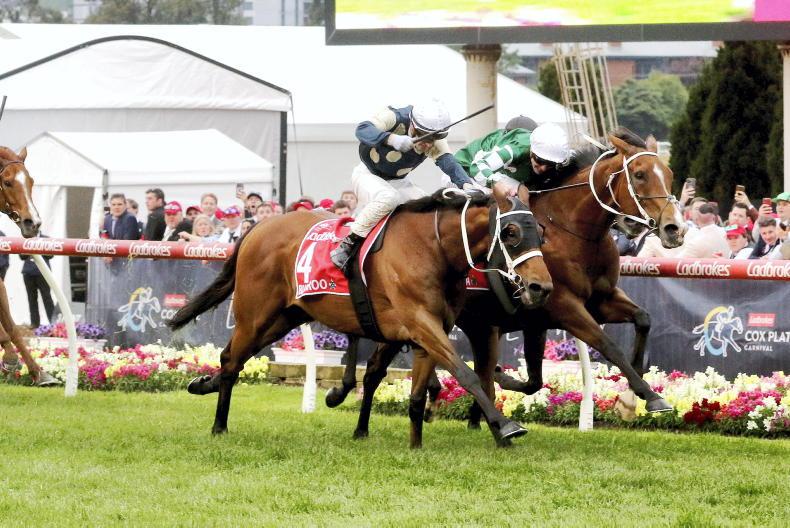
SHARING OPTIONS: